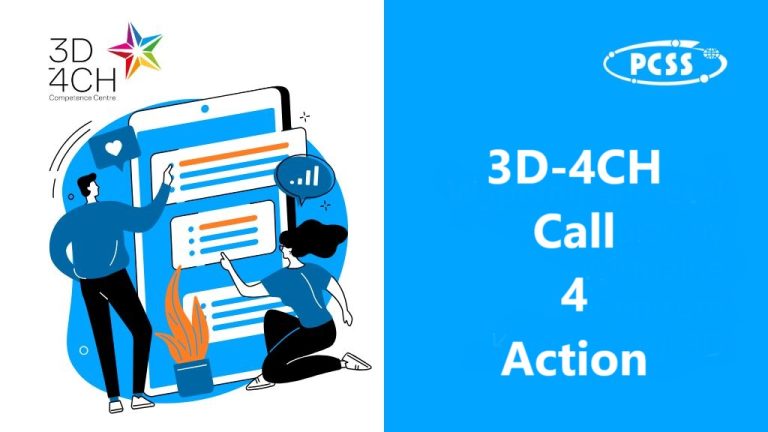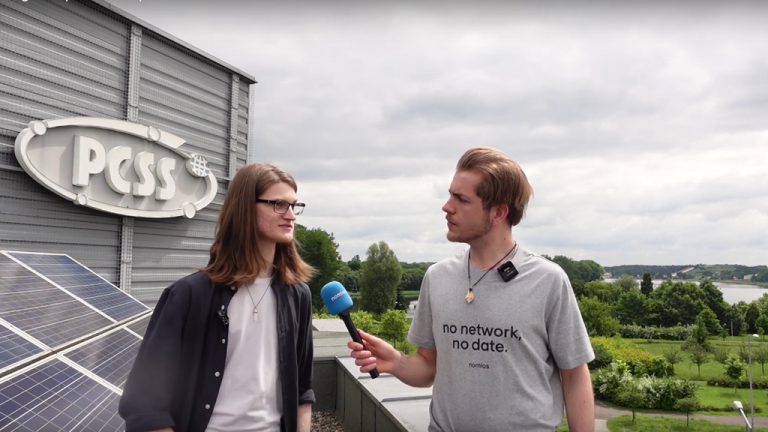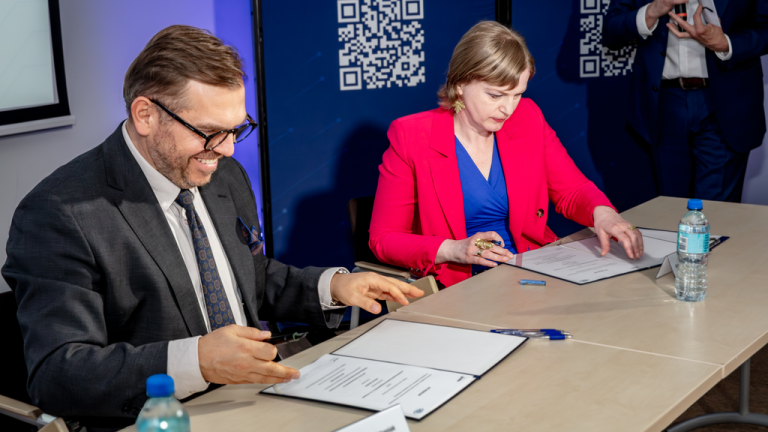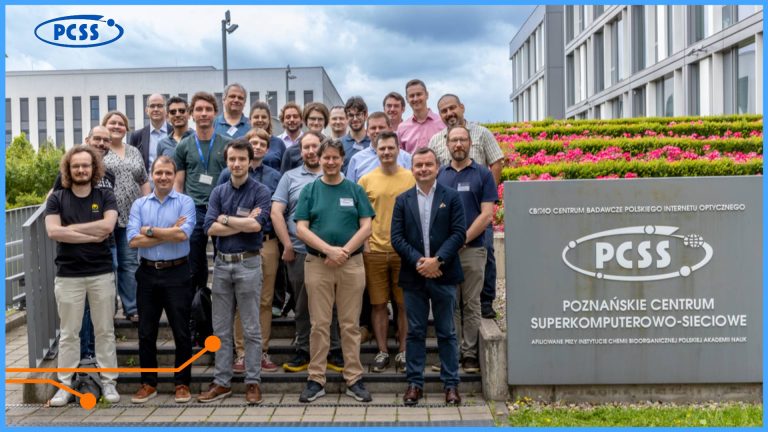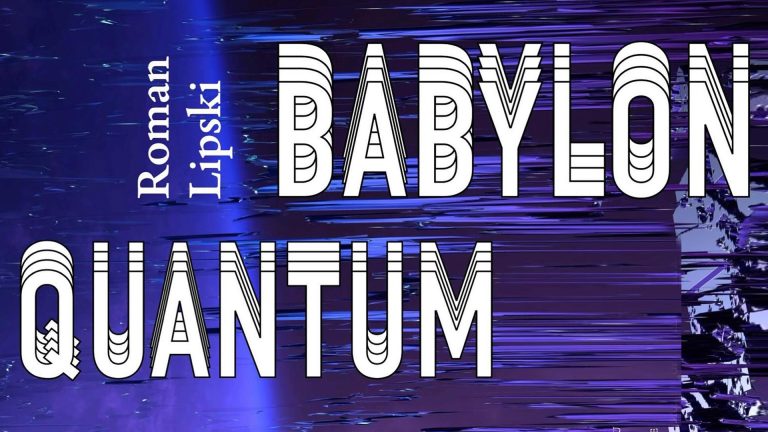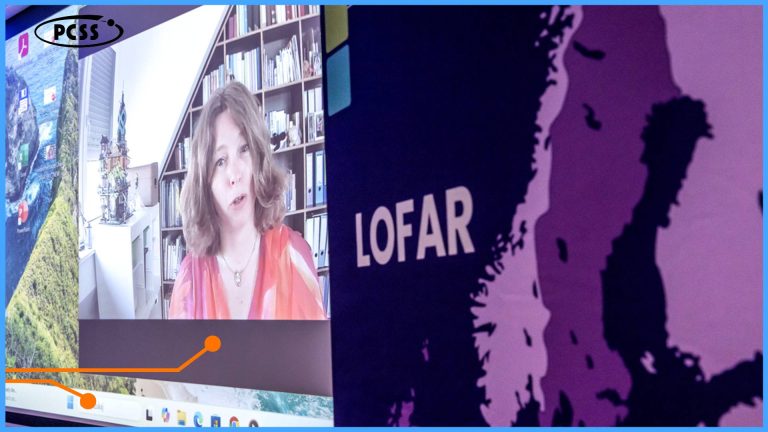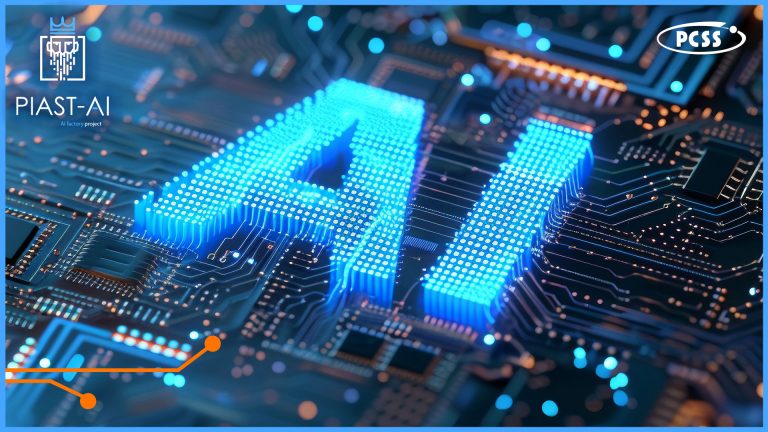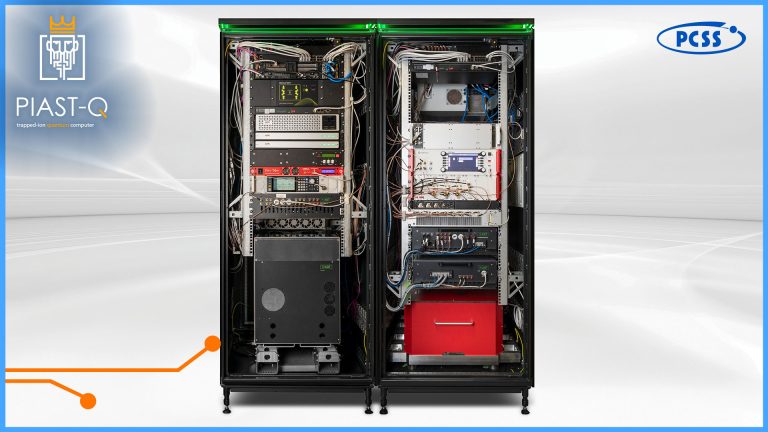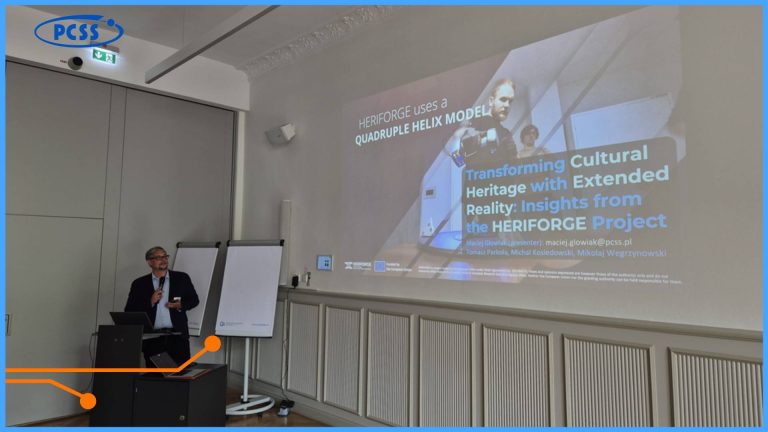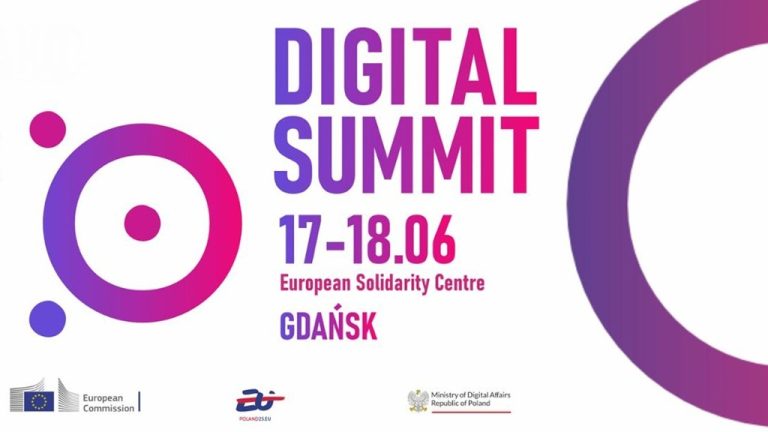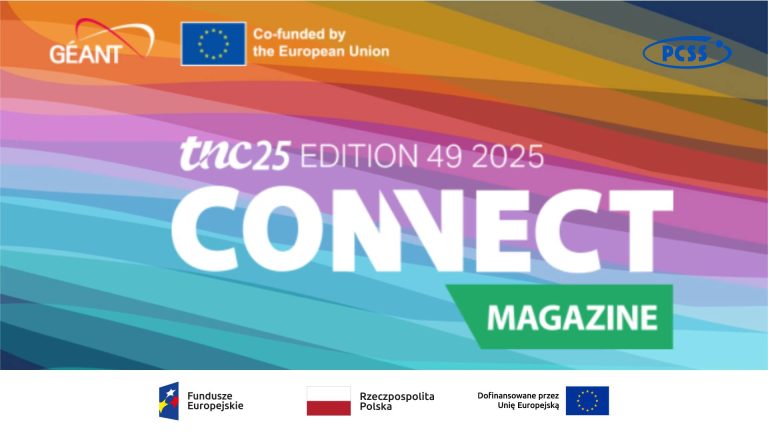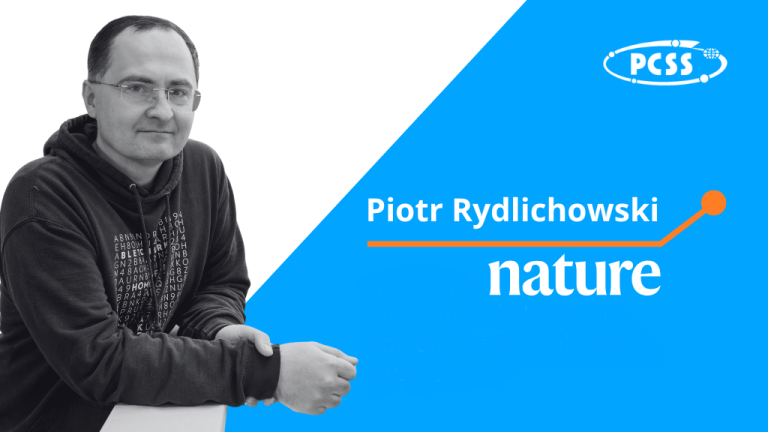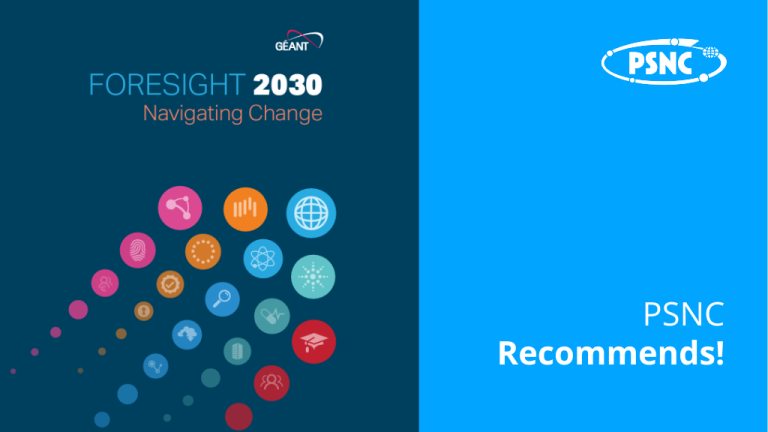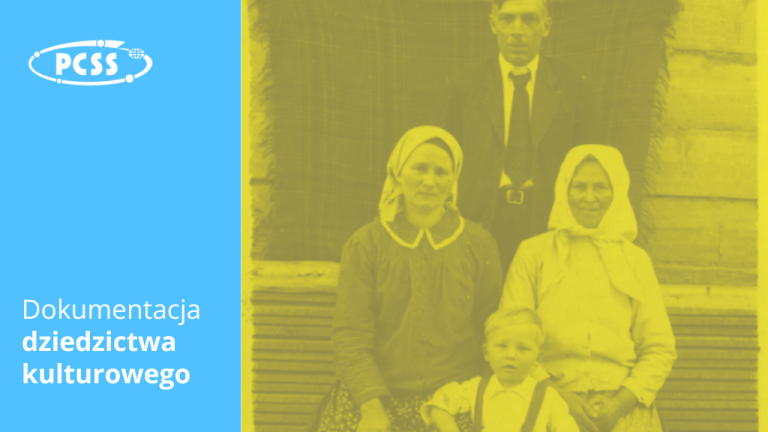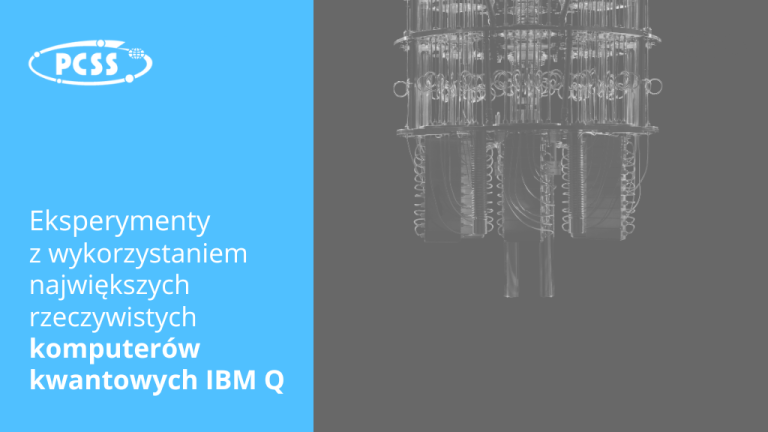The key recommendations in the Roadmap document encourage the research infrastructures and research communities to elaborate on and drive their e-infrastructure needs. The goal is that they participate in the innovation of e-Infrastructure services, contribute to standards, and take care of their data. e-Infrastructure providers should further increase their efforts to work closely together to fulfil the often complex user needs in a seamless way. National governments and funding agencies should try to embrace e-Infrastructure coordination at the national level and construct strong national e-Infrastructure building blocks. This has to enable coherent and efficient participation in European efforts.
Together, they have to analyse and evaluate their national e-Infrastructure funding and governance mechanisms. Further aims are to identify best practices, and provide input to the development of the European e-Infrastructure landscape. The European Commission should provide strong incentives for cross-platform innovations. Other roles for the European Commission would be to continuously support the coordination and consolidation of e-Infrastructure service development and take care of provisioning on the national and the European level.
The Roadmap starts with a brief elaboration on the e-IRG vision and an assessment of the extent to which the current national and international e-Infrastructures already realise this. The document then presents a landscape analysis of the current European e-Infrastructure system and identifies the key challenges that hinder e-Infrastructure harmonisation and integration.
From the analysis, it is clear that an extended effort on “emphatic co-operation and coordination” among all main stakeholders is required. This involves the providers – the e-Infrastructure developers and operators, and the users – research infrastructure including the ESFRI projects, large scientific communities, and users belonging to the “long tail of science”. It also involves the policy makers and funders – the national governments and their agents and the EU. Good coordination can be established through a formal coordination platform among all stakeholders with strong national involvement, in line with the vision of the e-Infrastructure Commons. Also in line with the vision, such a platform can be implemented using a potentially distributed, multi-stakeholder model of governance.
e-IRG is organising two open workshops each year. Interaction between all stakeholders is high on the agenda during these workshops. The break-out sessions stimulate the discussion and invite the participants to present their views on the Roadmap recommendations from different angles. The e-IRG workshops function as a creative laboratory of thoughts and opinions as to how to establish the e-Infrastructure Commons as a practical model for the European research community.
A concrete way towards the e-Infrastructure Commons, loosely integrating the different types of e-Infrastructures, is to use a marketplace with a proper governance including a representation of the users as a single point of access to all e-Infrastructure services and tools. The marketplace will act as a one stop-shop for EU researchers, i.e. a place where all e-Infrastructure services are accessible all together, either directly or redirected elsewhere. The marketplace can make use of several technologies and services, such as cloud technologies, a searchable service catalogue and a common authentication/authorisation scheme. In this way, standardised and single point of access to services will be achieved, without promoting monopolies, nor a single integrated provider. This has proven to be very difficult across different e-Infrastructure components. On the contrary, it will be open to new actors, encouraging cooperation, competition and innovation.
Erik Fledderus, editor of the e-IRG 2016 Roadmap, stated: “We should think about what might be the role of e-IRG in being part of the recommendations, now that they have been published. How will we be acting as e-IRG to make that these recommendations are also being realised? We should be part of the solution and being part of the recommendations is also involved in our role. We should follow up on the European Commission to see how they develop the new working plans, the tail of Horizon2020, but also the new Framework. This is something we should definitely be involved in. After delivering this Roadmap, the story continues and really starts actually.”
Sverker Holmgren, former e-IRG Chair who has been following up on the process of editing the Roadmap 2016 document, stated: “The e-Infrastructure Commons has to be accomplished by the European e-Infrastructure initiatives but needs to be facilitated and pushed by the EU Member States, the European Commission, and the European research communities and research infrastructures. e-IRG has the intention to enter in dialogue with these different bodies and entities. Significant progress in the process of implementing the e-Infrastructure Commons has already been made. The Roadmap 2016 document is the next step towards establishing this coherent system, which involves all stakeholders.”
The Roadmap 2016 document can be downloaded from the e-IRG website.
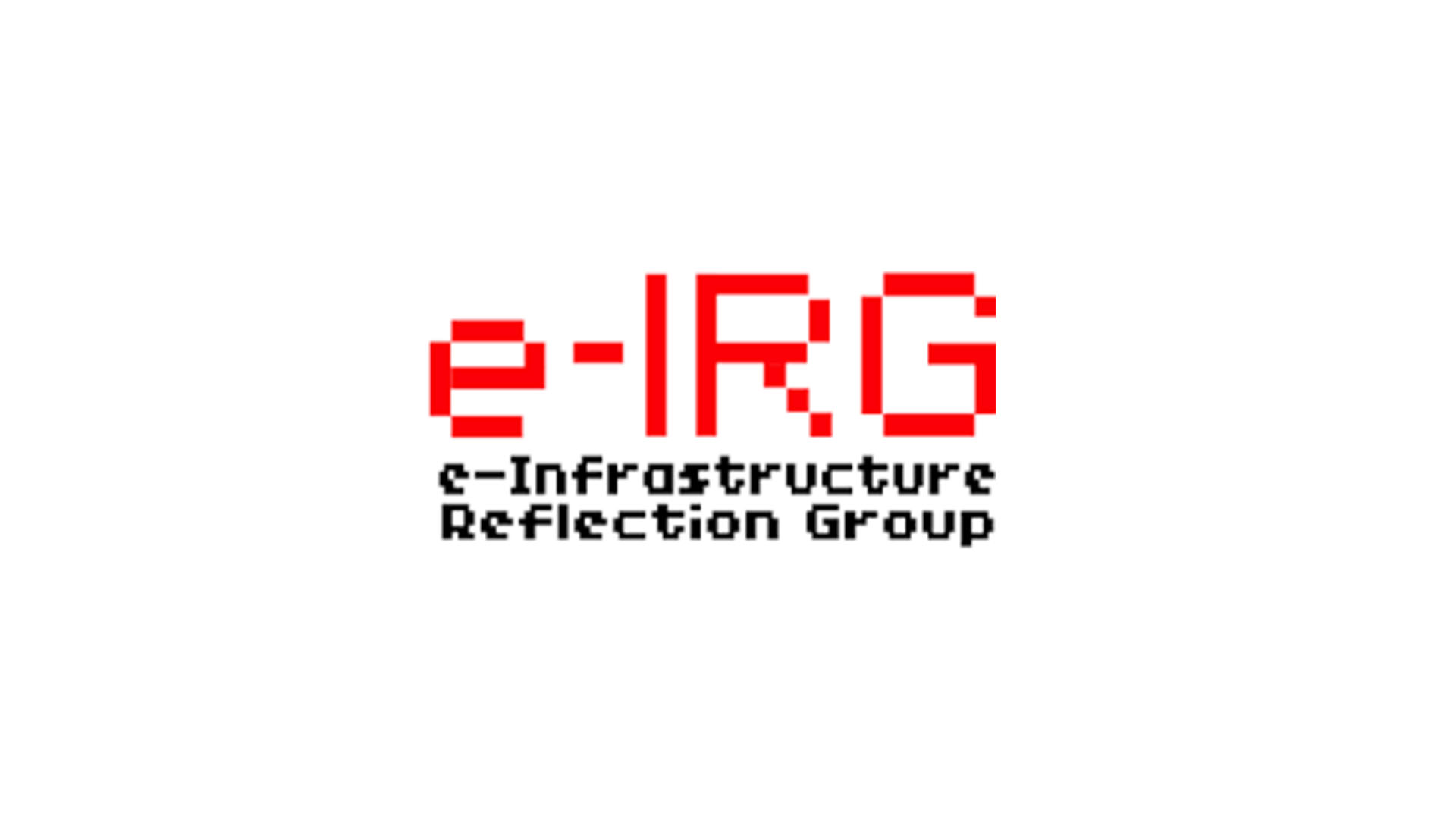
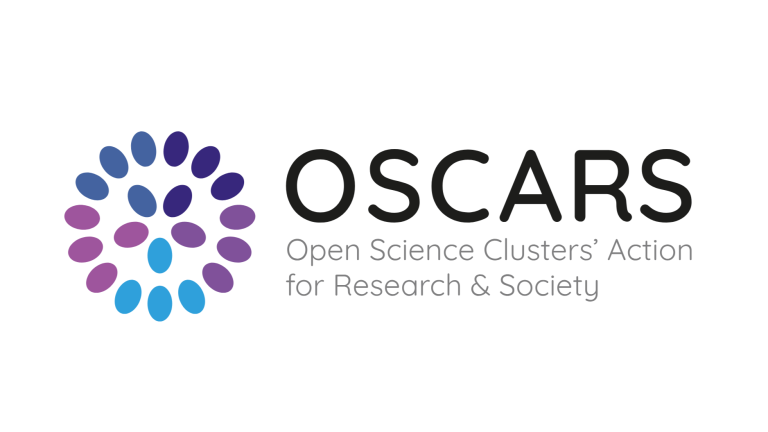
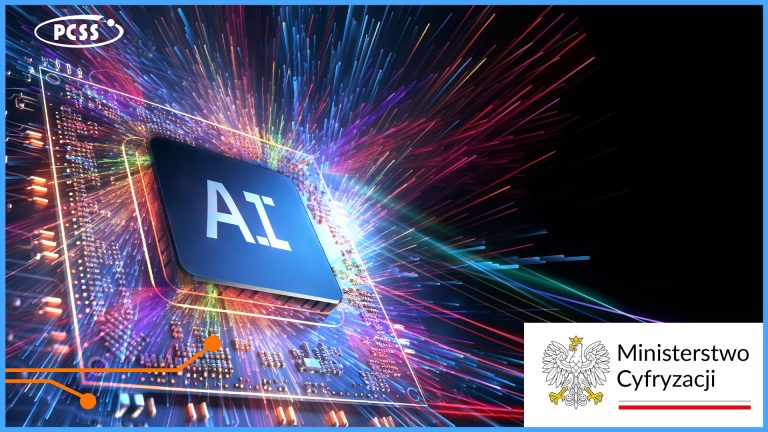
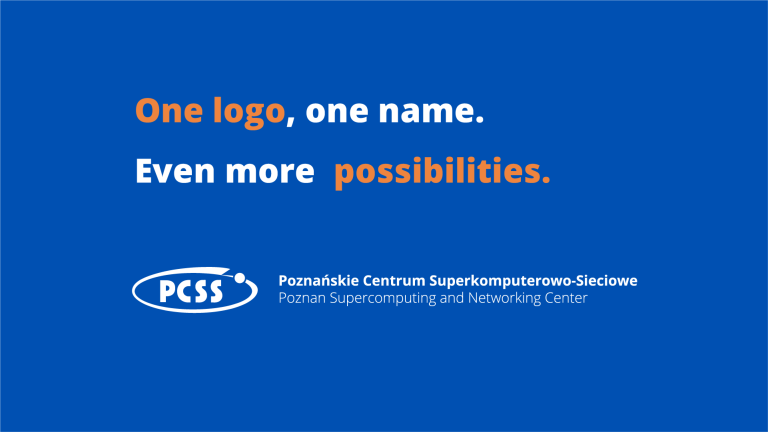
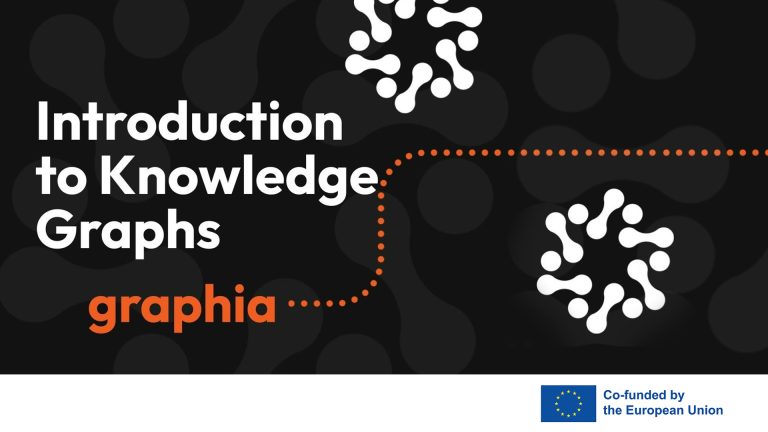
![The image displays the word "LUMEN" in a stylized, outlined font, with different letters connected by lines and arrows to various academic disciplines. The letters "L" and "U" on the left are linked to "Mathematics [Maths]" and "Social Sciences and Humanities [SSH]," while the letters "M," "E," and "N" on the right are associated with "Earth System Science [ESS]" and "Molecular Dynamics [MD]." The overall design suggests an interconnectedness of these fields, potentially illustrating the interdisciplinary nature of something represented by "LUMEN".](https://www.psnc.pl/files/2025/05/lumen2_EN-768x432.jpg)
